#Eiji Tsuburaya
Text





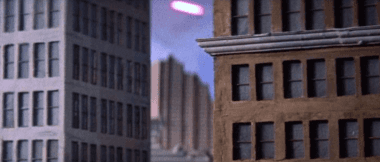

Mothra (1961)
#mothra gif#kaiju movies#ishiro honda#toho studios#eiji tsuburaya#practical effects#miniature effects#giant monster movies#japanese sci-fi#60s sci-fi#60s movies#sixties#1961#gif#chronoscaph gif
826 notes
·
View notes
Text
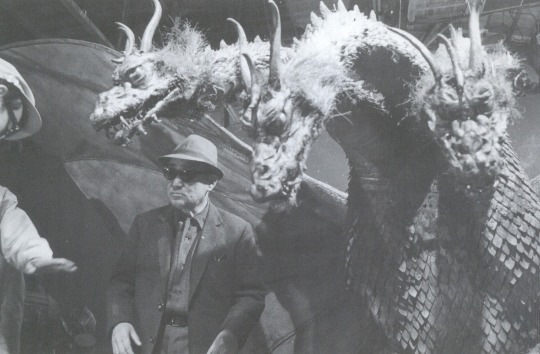
A yakuza mob boss and his enforcer.
231 notes
·
View notes
Text

The Last Dinosaur | 1977
#The Last Dinosaur#tokusatsu#practical effects#Dinosaur#極底探険船ポーラーボーラ#eiji tsuburaya#Rankin Bass#Richard Boone#Joan Van Ark#Hammersmith Horror#kaiju
204 notes
·
View notes
Text


Godzilla - then and now
#godzilla#takashi yamazaki#eiji tsuburaya#godzilla minus one#scifi#monster#science fiction#monsters#daikaiju#kaiju#toho#behind the scenes
51 notes
·
View notes
Text

Mondo has a Heat Ray variant of Urban Aztec's Godzilla soft vinyl designer figure available to pre-order through Tuesday, November 7. Priced at $150, it’s estimated to ship in April 2024.
The King of the Monsters stands 10" tall and comes with attachable heat ray blast effect. Urban Aztec designed the concept and the packaging. It’s sculpted by Brenton Henriques and painted by Hector Arce.



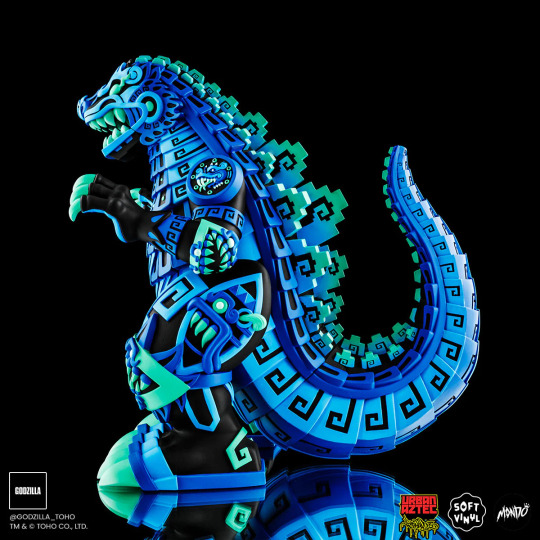
#godzilla#godzilla day#gojira#kaiju#daikaiju#toho#toho studios#mondo#urban aztec#toy#gift#godzilla king of the monsters#ishiro honda#eiji tsuburaya#godzilla 1954
77 notes
·
View notes
Text



Matango (マタンゴ Matango) is a 1963 tokusatsu horror film directed by Ishiro Honda and written by Takeshi Kimura from a story by Shinichi Hoshi and Masami Fukushima, with special effects by Eiji Tsuburaya. Produced by Toho, it is a loose adaptation of the 1907 short story "The Voice in the Night" by William Hope Hodgson. It stars Akira Kubo, Kumi Mizuno, Hiroshi Koizumi, Kenji Sahara, Hiroshi Tachikawa, Yoshio Tsuchiya, and Miki Yashiro. The film was released to Japanese theaters by Toho on August 11, 1963. American International Television released an English-dubbed version of the film to American television syndication in 1965 under the title Attack of the Mushroom People.
Matango follows a group of seven wealthy friends from Tokyo whose yacht is caught in a storm and wrecked on a seemingly uninhabited island in the Ogasawara chain. After examining another derelict ship on the island, they learn that its crewmembers were investigating the effects of nuclear testing on the island and gradually vanished after consuming the bizarre native mushrooms growing on the island which they called "Matango." With food and resources becoming more and more scarce, the survivors turn against each other and one-by-one fall under the influence of the Matango, which they find is slowly mutating those who eat it into grotesque fungal creatures.
#attack of the mushroom people#japanese film#matango#1963#60s films#60s horror#1960s#60s#tokusatsu#ishiro honda#eiji tsuburaya#toho#the voice in the night#william hope hodgson#1965#1907#mushrooms#fungi#fungi people#mushroom#fungus#fungus among us#fungal creatures#i watched this on tubi#horror film#horror films#film poster art
41 notes
·
View notes
Text
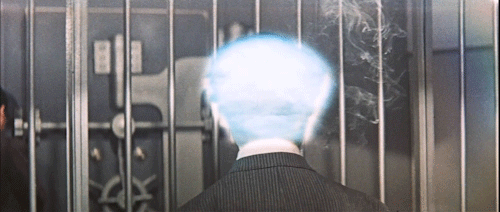

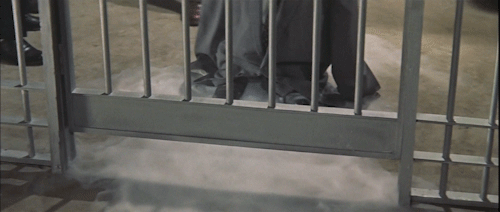





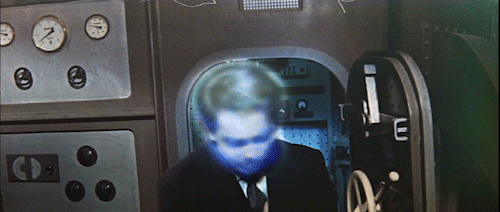

The Human Vapor ガス人間㐧1号
#The Human Vapor#ガス人間㐧1号#toho#ishiro honda#eiji tsuburaya#tsuburaya#tokusatsu#crime#sci fi#science fiction#gif#gifset
426 notes
·
View notes
Photo
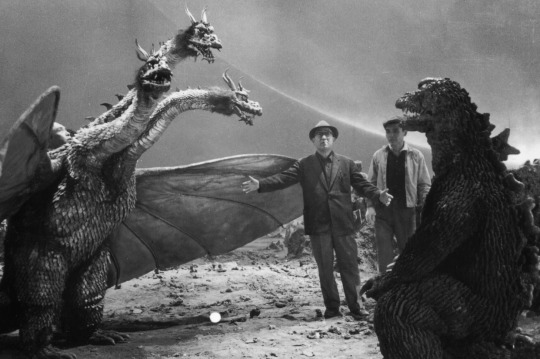

Tsuburaya Eiji, the Father of Tokusatsu
Eiji Tsuburaya made it possible for Godzilla to stomp across the screen and later on, Ultraman. A director, cinematographer, and producer, Tsuburaya is best known for creating the special effects behind Japanese classics like Godzilla and other giant monsters called kaiju.
And his legacy extends beyond those monsters — he built a foundation for film culture in Japan and special effects worldwide.
Before World War II

Tsuburaya grew up in Sukagawa, Iwase, a son of a prominent family of grocery distributors. A prodigy from a young age, as a kid he was interviewed about his model airplanes and credited in local newspapers as a "child craftsman." Shortly thereafter, he was captivated by a new technology called motion pictures — and he combined his two passions by taking pictures of planes.
But it was 1933's King Kong that led to his greatest professional epiphany. King Kong's giant title character and phenomenal special effects opened up a new world of possibilities for Tsuburaya. By studying a copy of the film, Tsuburaya managed to reverse engineer how the effects were made. Then he was ready to begin creating his own legacy.
Being a film revolutionary wasn't easy with his early battles over budget and setup, but when a new company called Toho Motion Picture Company was founded in 1936, Tsuburaya jumped on board to lead the special effects department.
After World War II
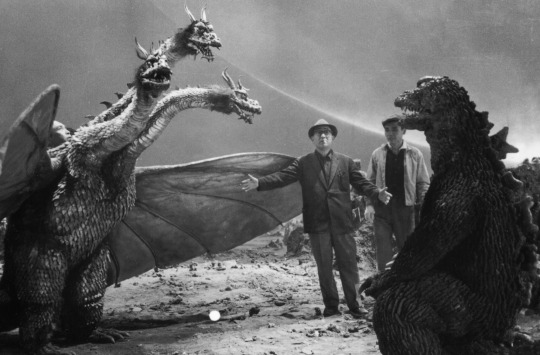
After being drafted to work on propaganda films in World War II and experiencing the napalm bombing of Tokyo, he returned to work at Toho after the end of US occupation in 1952, keeping a low profile because the US believed he'd committed espionage.
It was in that climate that producer Tomoyuki Tanaka was artistically inspired by the fallout of a US hydrogen bomb test in the Marshall Islands. The real story of a radiation-poisoned fishing crew inspired him to pitch a monster movie to Tsuburaya and Toho. After some creative wrangling, Godzilla was born.
For Godzilla, Tsuburaya made the bold choice to use miniatures and visual effects instead of stop-motion animation, which was a more obvious alternative. The idea to put an actor in a monster costume was going to be executed as never before, and with it a legendary monster was born.
Though Godzilla was the product of a large team, it came alive because of Tsuburaya's use of models, special photography, and inimitable costumes.

Godzilla was a tough shoot. Actors were stuffed into a costume that was, at its lightest, 220 pounds. They breathed in kerosene from the fumes of a tiny "Tokyo" model burning beneath them, and actor Haruo Nakajima says he lost 20 pounds in the production because the costume was so physically strenuous.
The film was a financial risk, as well — it became the most expensive Japanese movie made up to that time. But Godzilla was a hit, and it kicked off "monster mania." Film by film, these movies created a kaiju iconography that shaped an entire film industry's sensibility — and built a legacy for Tsuburaya.
Tsuburaya's professional and creative successes continued through the 1960s, as he innovated with more intricate models and formed his own company, Tsuburaya Visual Effects Productions, in 1963 where he created what kaiju superfans consider his landmark work, like Ultra Q and Ultraman in 1966.
Today

Though Tsuburaya died in 1970, his creations remain embedded in the culture today. Even to those who aren't fans of Tsuburaya's distinctive style, his aesthetic, effects, and ethos permeate movies today.
There are obvious influences, like the many Godzilla remakes and the kaiju fan letter that is 2013's Pacific Rim. Without Godzilla, there is no Ultraman. And without Ultraman, there is no Super Sentai (Power Rangers) and so on.
Tsuburaya's influence can also be seen in every disaster movie's audacious carnage and ever-more-adventurous willingness to push boundaries using special effects.
That's probably why we still thrill to learn about the man who made all those monster suits really roar. Because even now, more than 50 years later, it's as exciting, outrageous, and thrilling as when Godzilla first hit the screen.
Thank You Tsuburaya Eiji for making our childhood a memorable one and our adulthood an awesome one!
Pics by Ultraman NFT & Vox
Full Story : Eiji Tsuburaya made Godzilla and it changed film forever
Follow Ultraman NFT & August Ragone if you’re a Tokusatsu fan!
#tsuburaya eiji#eiji tsuburaya#tsuburaya productions#godzilla#king kong#ultraman#ultra q#kaiju#japan#tokusatsu#japanese film#japanese movie#japanese drama#pacific rim#super sentai#power rangers#ultra series
100 notes
·
View notes
Text
⠀⠀ ⠀⠀ ⠀⠀ ⟠ ࣪ . zZz⠀ 🖐🏻💭 [Banana Fish] ! ♡






— Sayonara, Eiji.
#anime icons#anime layouts#random bios#moodboard soft#banana fish#banana fish layouts#moodboard#ash lynx#ash layouts#eiji tsuburaya#eiji aonuma#eiji x ash#ash x eiji#banana fish moodboard
306 notes
·
View notes
Photo


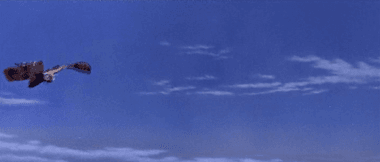
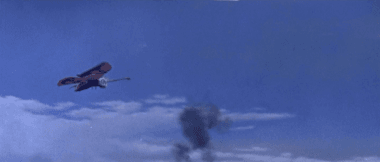
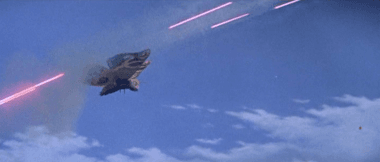
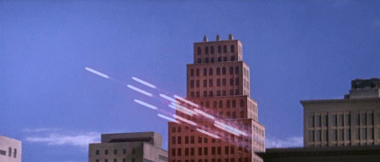
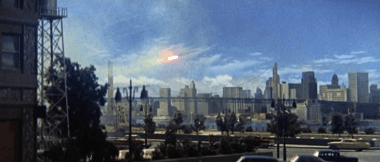

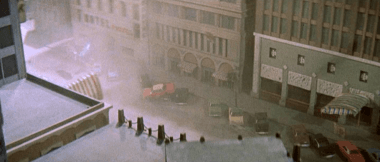

Mothra (1961)
#mothra gif#kaiju gif#60s sci-fi#ishiro honda#toho studios#eiji tsuburaya#special effects#60s movies#giant monster movies#japanese sci-fi#sixties#1961#gif#chronoscaph gif
380 notes
·
View notes
Text
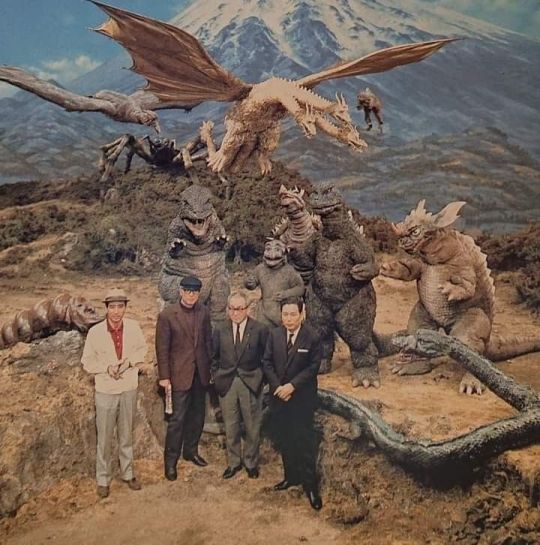
The most astounding thing, in a photograph full of them, is that this is the first time I've seen Eiji Tsuburaya (the gentleman with glasses in the middle) without a hat.
#Destroy All Monsters#Kumonga#Spiega#King Ghidorah#Varan (puppet)#Mothra#Gorosaurus#Anguirus#Anguilla's killer of the living#Minilla#Minya#Godzilla#Baragon#unknown guy#Ishiro Honda#Eiji Tsuburaya#Tomoyuki Tanaka#kaiju#tokusatsu#suitmation#Toho
277 notes
·
View notes
Text
(Archive) Horror movie of the Day: Gojira (1954)
Originally posted: 3rd November 2021
Yep, this was meant to be a horror movie. Instead it ended spawning the Kaiju genre. Good thing in general this is simply a good movie, and it's still easy to see why someone could consider it scary.
Reflecting the sociopolitical climate of the time, the movie presents harrowing imagery regarding the destructive power of radiation as a weapon, and the misery trail it leaves on it's path. From destroyed homes, to people inevitably waiting for their death and the injured from radiation burns, there's some heartbreaking stuff here. Japan may have not been blameless during WWII to put it mildly, but it's clear the atomic bombs left a deep scar on their people.
The terror of these people is believable…and relatable. This is less a fun romp about a giant monster destroying the city and more a political drama about disaster, where the monster happens to be the cause. Differing points of view about ethics in science are discussed as the core of the story, incarnated in the most significant human character in the movie(and series at large): Dr. Serizawa. He may not have the most complex characterization but it's impossible not feel bad for him, being stuck between a rock and a hard place when it comes to his life work and pre-existing trauma in his war experiences.
That being said, there is some unitentional cheese. Godzilla himself doesn't always meet the mark, with some shots looking less like a prehistoric nightmare with radiation imbued powers and more like Kermit the Frog. The explanation for the Oxygen destroyer is even harder to believe than the titular monster, blatantly violating basic physics laws.
But you know? None of this detracts from the drama and tragedy. There's a reason why, with a movie series that is just this short of 40 films and nearly 70 years of cultural relevance, this is still considered the best one. The original Japanese version, not the American Godzilla: King of the Monsters(1955).

#roskirambles#halloween#horror movies#ishiro honda#eiji tsuburaya#akira takarada#momoko kochi#akihiko shirata#takashi shimura#akira ifukube#kaiju movies#godzilla#gojira
16 notes
·
View notes
Text

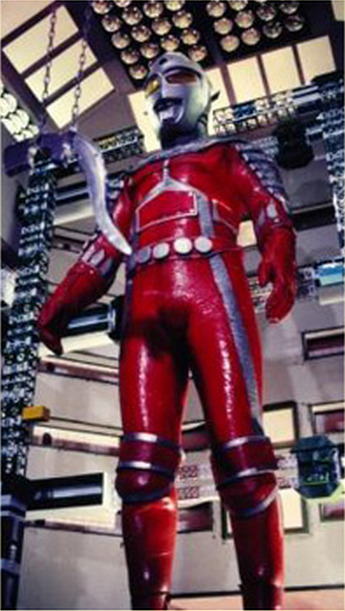


Actually the idea of an imitation Ultraseven is so interesting to me. It's not a totally original concept, Alien Zarab took the form of the original Ultraman in the previous series.

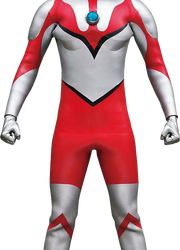
Part of the draw for me, though, is the particular peculiarities of the designs. Zarab!Ultraman is sharper, with more angular features and an almost wasp-like face. The additional black markings outlining the red push it that bit further. Robot!Seven on the other hand looks a lot more like Dan at a glance, but with extra buckles and joint coverage to hide the wear on the older suit sell the idea of this being a machine. I really enjoy this recurring idea of imitation ultras, it reminds me a lot of stuff like Mechagodzilla and Space Godzilla, though this considerably predates them! King Kong Escapes was released only about a year before Dan vs Seven so maybe the idea of robot doubles was still lingering with Tsuburaya at the time.
#jenny watches ultraseven#tokusastu#toku#kaiju#gojiposting#goji#godzilla#ultraman#tsuburaya#toho#ultraseven#Eiji Tsuburaya#alien zarab#mechani kong#dan moroboshi#imitation Ultraseven
15 notes
·
View notes
Text

In honor of Godzilla Day, Fangoria has teamed with Ghost X Ghost to make shirts featuring the King of the Monsters of the cover of the first issue of Fangoria. They're $38.
#godzilla#godzilla day#fangoria#gojira#kaiju#daikaiju#toho#toho studios#ghost x ghost#shirt#gift#godzilla king of the monsters#godzilla 1954#ishiro honda#eiji tsuburaya
67 notes
·
View notes
Text
I need every kaiju nerd's help. I am looking for that video where the guy talks about how Godzilla led to Sailor moon and pokemon. I can't find it and I am introducing someone to Kaiju stuff and it's super interesting and I need your help.
#godzilla#ultraman#tokusatsu#sailor moon#pokemon#gamera#tsuburaya#eiji tsuburaya#ishiro honda#harou nakajima
10 notes
·
View notes
Text


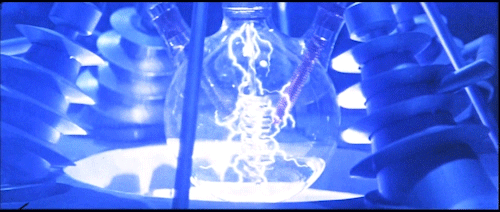
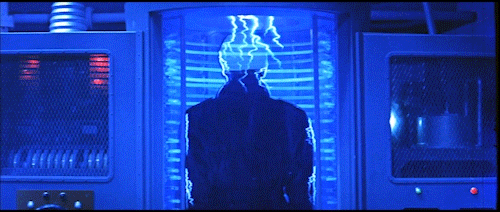

The Secret of the Telegian 電送人間
#The Secret of the Telegian#電送人間#crime#tokusatsu#eiji tsuburaya#tsuburaya#toho#jun fukuda#telegian#gif#gifset
156 notes
·
View notes